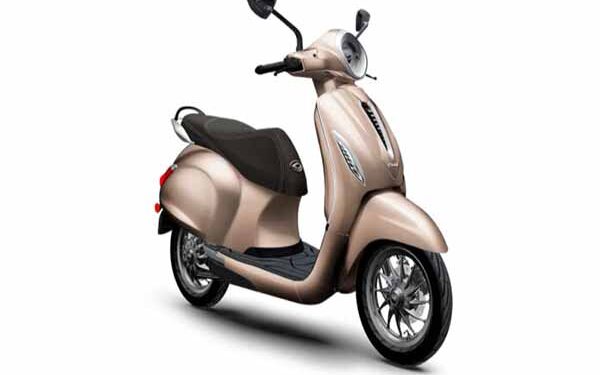In less than a year, the Bajaj Chetak has surged up the ranks from being among the slower-selling electric scooters in India to taking the third spot on the list of top sellers. Both the introduction of new, more affordable models and an increased national presence are credited with this notable increase in sales. It was recently disclosed that a new source of battery cells for the Chetak lineup will increase the scooter’s range.
This month, Bajaj unveiled the Chetak 3201 Special Edition, which has a 136 km range as opposed to the 126 km of the Chetak Premium. It is powered by the same 3.2 kWh battery. After some confusion at first, research revealed that the battery’s new cells—obtained from a different supplier—are more effective and had a higher energy density than.
Bajaj is revising its model names to numerically represent battery capacities in addition to transitioning to more sophisticated cells. The standard model, for example, is now known as the Chetak 2901, which reflects its 2.9 kWh battery. It is anticipated that other models, such as the Premium and Urbane, which may go by the numbers 3201 and 3202, would do likewise.
The 3201 Special Edition, which retails for Rs 1.40 lakh, is less expensive than the Chetak Premium, which is now priced at Rs 147,000. It is unclear if the launch of new battery cells will result in cheaper prices for updated models, but this might further enhance Chetak’s market success in the upcoming months and possibly push it beyond TVS iQube to take second place in the EV scooter market.
Bajaj Auto sold 84,225 Chetaks between January and July 2024, a 213% year-over-year growth that greatly increased its market share from 5.51% to 16.49%. Increased output and a quickly growing dealership network—which is predicted to climb from 200 to 600 showrooms in the coming months—support this expansion.







